-
Posts
6,486 -
Joined
-
Last visited
-
Days Won
10
Content Type
Profiles
Forums
Blogs
Gallery
Events
Store
Posts posted by Brian Wolfe
-
-
These are quite interesting and the first I've seen. I'm glad Paul was able to respond with his information before I logged on today as now we have that information and I'm not left wondering all day as to their history.
I think these are examples of "what might have been".
There are the white metal coronation medals that were given out to the public and the only one I attempted to purchase was "lost" in the mail.
Thanks for posting these, they are great to see.
Regards
Brian
0 -
Hello Mervyn,
I muist have been absent from school the day they covered that subject.

Thanks for the information and I shall make that note with the first photo of each post.
Regards
Brian
0 -
Well, the photo didn't reproduce as large as it should have.
The book, Medals Catalogue of Pakistan
The authors are, Yahya Qureshi and Rafiq Kasbati and they are the publishers.
Regards
Brian
0 -
Hi Steve,
Thanks, it is one of my favourite groups in my the Pakistan collection.
I think the book you mentioned could be the one pictured below. I doesn't go into a lot of detail but considering the lack of good books on the subject on the market today this is worth having.
Regards
Brian
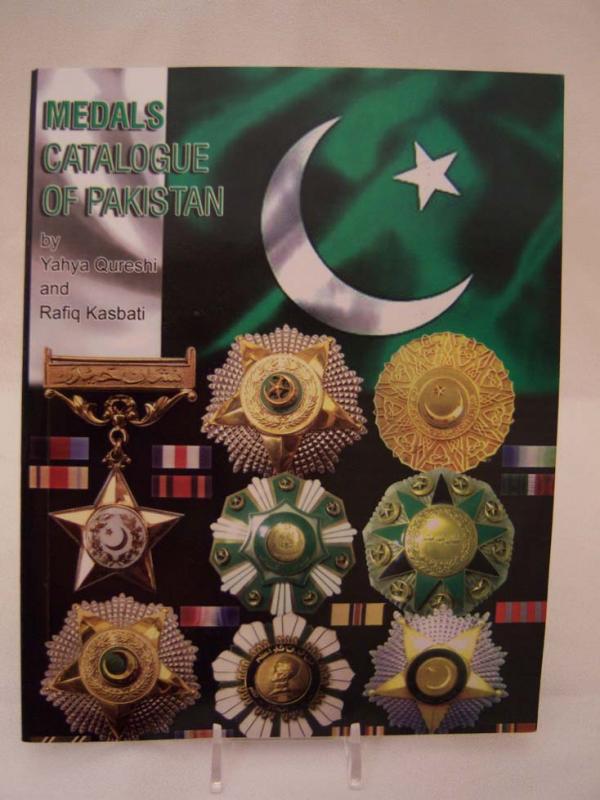 0
0 -
A fascinating post Mervyn. I was not aware that the naval had men on the ground during the war. This would make them members of the "contemptible little army" of which der Kaiser made mention.
Thanks for posting this interesting group.
Regards
Brian
0 -
I can only echo Steve's comment. As yet I have not seen any example except for the soldered attachment.
Even the resource material I have mentions nothing about a claw attachment. I guess until an example surfaces we'll have to assume that the soldered version is indeed the official issue.
Regards
Brian
0 -
Great pictures - I have all these in my own collection of Pakistani medals but I have never see a 40 year medal offered for sale.
I have just bought a Tamgha-i-Khidmat Class III (with the white enamel centre) from ebay at the princley sum of £15. Looking forward to recieving it.
Steve R
Hello Steve,
When the Tamgha-i-Khidmat arrives please be sure to post it. I am surprised that it went for £15, I think that is a pretty good buy. Well done.
Regards
Brian
0 -
Stunning it is, thanks for posting this.
Regards
Brian
0 -
Welcome to the forum Steve, good to see another SC collector on board.
Also welcome to my personal collecting Hades (you can't say H-E-double hockey sticks in polite company). Trying to research these medals especially, as Alan pointed out, without the box is just about impossible.
I hope to hear more form you as time passes.
Regards
Brian
0 -
Hello Mervyn,
As you can imagine I was torn between this section and the Police section. From what I understand these were military on a policing duty so I felt this was the correct section.
Using the military makes sense considering all of the factions that were in the area which might have resulted in the need for more force than would be expected from a police officer.
As a side note, I'm sorry about the small size of the letters. I wrote this in a word document and then imported it into the post. This lets me work on a piece over several days, otherwise I never get the time to finish a post in good time. I'll try to fix this problem for the next such post, perhaps using a larger size lettering on this end. It's funny because the blog section works just fine doing it the way I did for this post. I guess everyone knows the Alt+ or - trick.
Regards
Brian
0 -
This is the photo itself.
 0
0 -
International Police Force, Saar 1934
This photo arrived the other day and I purchased it because I think it shows a very significant period in history. More than that I believe it captures an event that is about to take place that was one of the first of the “dominos” to fall that led up to the Second World War.
As the note on the back of the photo states (see image below) these are the British Troops of the International Police Force marching through the streets of Saarbrücken on the last day before the plebiscite that would restore the territory of the Saar Basin to Germany.
A movement to establish an International Police Force was started in the 1930s with the idea that this force would enforce the peace. One of the main supporters for this initiative was Lord David Davies and he outlined his own version in his book, The Problem of the Twentieth Century (1930). His work influenced British planners to support some sort of international policing in keeping with the intentions of the League of Nations, the forerunner of the United Nations.
The Saar Basin, a region of German, was occupied and governed by the United Kingdom and France after the First World War under a League of Nations mandate. Originally this was under the auspices of the Treaty of Versailles. The occupation of this highly industrialized Saarland was to be for a period of fifteen years. During this occupation the coal reserves of the area were controlled by France, possibly as a condition imposed upon German in an effort to pay for the cost of the war. Once this fifteen year occupation was ended there was to be a plebiscite to determine the Saar’s future.
In Germany, at this time, the Nazi Party, under Adolf Hitler, was gaining power. Contrary to what one might take from news films of the time, shown in documentaries today, not everyone was a supporter of this regime. Many opponents fled Germany and a considerable number of them settled in the Saar Region. Naturally as the plebiscite date drew closer the opponents of the Saar returning to German control openly supported remaining with British and French occupation under the League of Nations mandate.
On 13 January 1935 the plebiscite was held and the region returned to Germany and the control of the Nazis. The vast number of the population being German made the occupation and therefore control by the British and no doubt especially the French very unpopular. During the actual time of the plebiscite there was a fear of Bolshevism, this plus the support of the local Catholic authorities and a general dislike of the occupation sealed the fate of the Saar. On 17 January 1935 the Saar was returned to Germany approved by a motion of the League of Nations and on 1 March the Saar was officially absorbed into the German Reich.
Former politicians, collaborators of the occupation and opponents of the Nazi Party in the Saar were all arrested and imprisoned, once Hitler had control of the region. Following this act Adolf Hitler announced to the world that Germany had no further territorial demands to make of France. Today we know that this was only the beginning of territorial demands, which were to be followed by statements from Hitler that Germany “had no further demands”, until the outbreak of the Second World War in 1939.
Regards
Brian
Research material for this article from:
Wikipedia,
Saar (League of Nations)
The International Encyclopaedia of Political Science:
Policing the World, Lord Davies and the Quest for Order in the 1930’s.
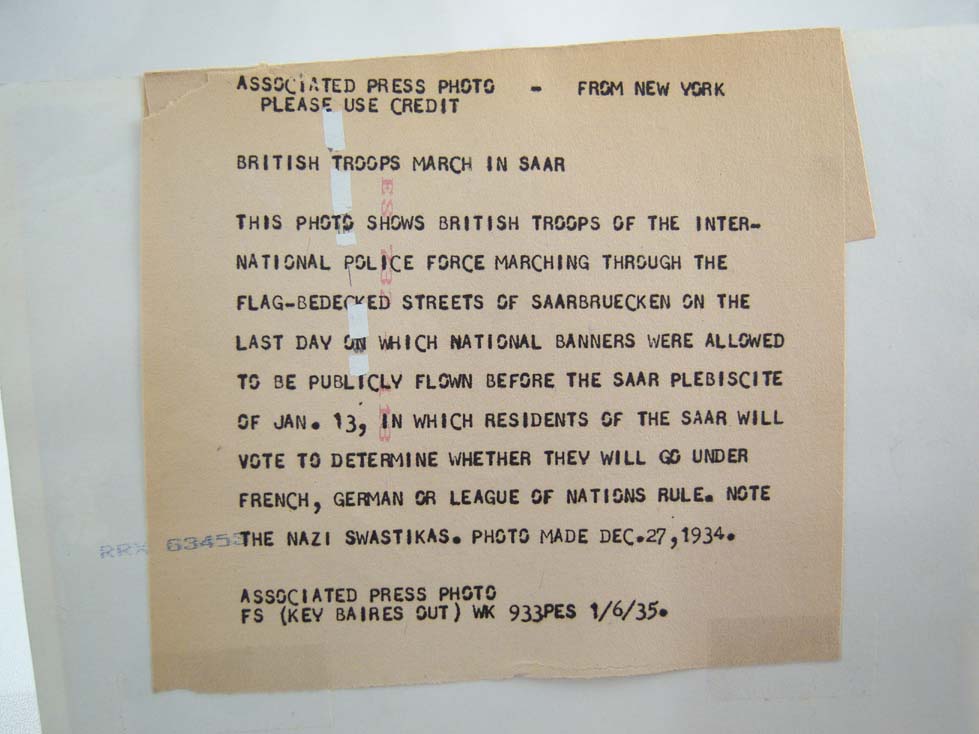 0
0 -
As per your request Mervyn, here is a Bucks Special Constabulary whistle. Not that I have been collecting these for decades and we don't see a lot of British Special Constabulary material in Canada, however, this is the first one I have seen offered for sale.
It just arrived and I wanted to post it even though it is in need of a clean.
Regards
Brian
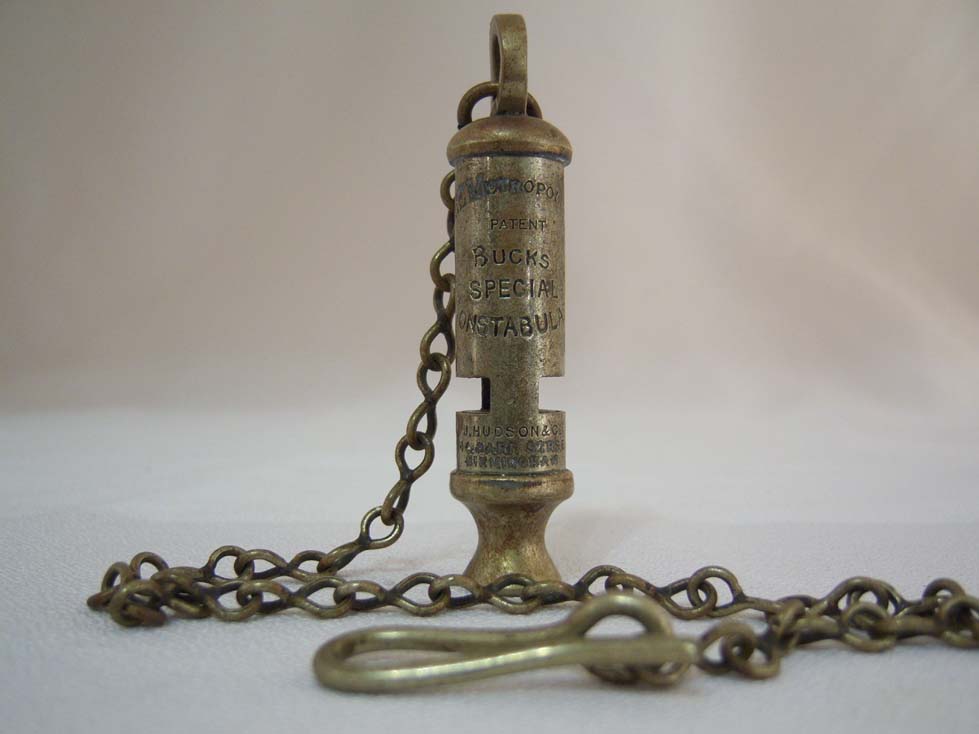 0
0 -
A very interesting and rare medal. Thanks for posting it.
I look forward to seeing more of your collection.
Regards
Brian
0 -
A great group to a very brave man.
Thanks for posting it and the background surrounding its award.
Regards
Brian
0 -
Hello Steve,
Thank you for the offer to assist members with their research, this is someting many of us find difficult especially if we live in outside of the UK.
This is the spirt we ned here on the GMIC and in keeping with the spirt of the season, a very Merry Christmas to you and yours.
Regards
Brian
Sorry for the background in the photos below. I'm reconstructing my small photo area with the hopes of being able to post better quality photos in 2012.
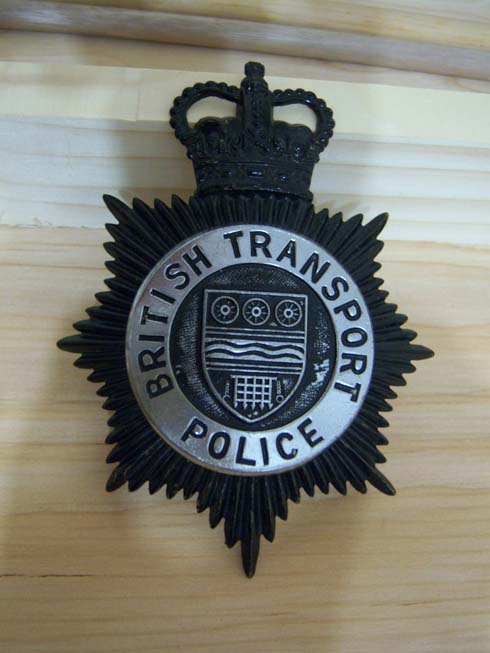
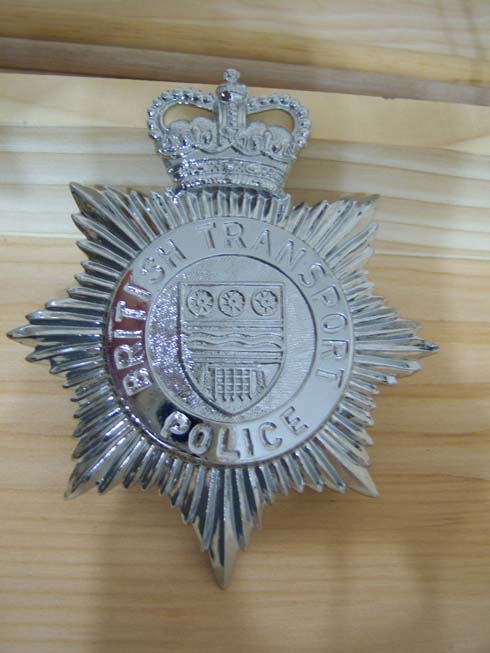 0
0 -
Hello Jonathan,
Thanks for the alert. I do hope the serial numbers lead to an arrest and return of the collection.
There's a word for these low-lifers but I wouldn't use it in polite company.
Regards
Brian
0 -
Hello Steve,
Welcome to the forum and thank you for posting an interesting photo. I hope we hear much more from you in the future.
Hello Dave,
Thanks for providing this information, I hope other police collectors will see it as well.
Regards
Brian
0 -
Hello Mervyn,
I think it will indeed fit in the collection nicely as well. I don't usually bother with promotional items like the mounted police service crests, lapel buttons or commemorative plates except for Staffordshire. I am not even sure why the attachment to Staffordshire but as usual when I comes to the collection I don't question my choices I just enjoy collecting.
Regards
Brian
0 -
Hi Tony,
I think you have a nice example though I'm not sure that it is of great age. It looks nicer than the more modern blades however I do agree that the scabbard is more modern, perhaps a replacement. These were carried by more than just the military and many, even the military ones, lack markings. I would not clean the horn handle but, as always, this is a matter of collector's choice.
Personally I like this one, nice addition to your collection, thanks for sharing it with us.
Regards
Brian
0 -
Hi Dave,
Thanks for letting me know that I'm one of those "born every minute".

Seriously, I do thank you for this information and I am not surprised to hear this. If you look at the bottom point of the star and then take a line of sight to the cross on the top of the crown you can see that they do not line up. Not something you would find in an original and authorized helmet plate or martingale badge. I was also a little worried when I was the only bidder, however by that time it is too late to change ones mind about the purchase.
Thanks again for you assistance. It will have a home in my Staffordshire collection along with some commemoritive plates.
Regards
Brian
0 -
These last two photos are of the plate itself front and back.
Thanks for any assistance you can give me.
Regards
Brian
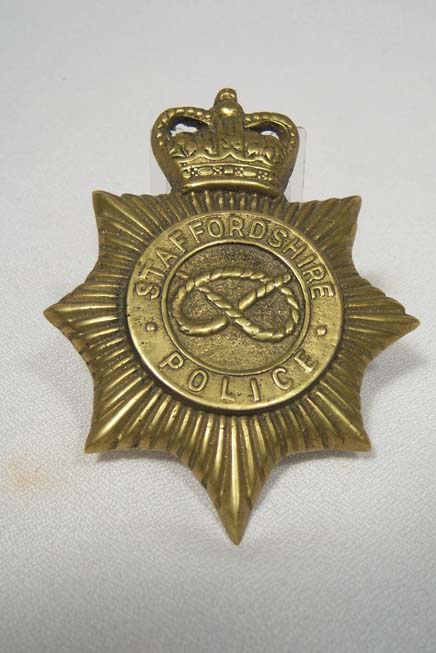
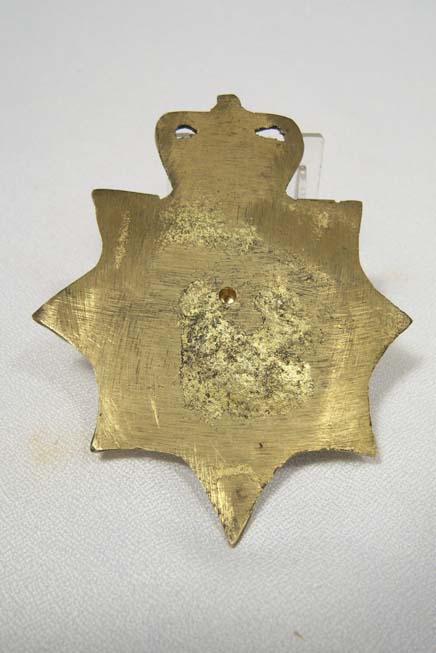 0
0 -
Here are some more views.
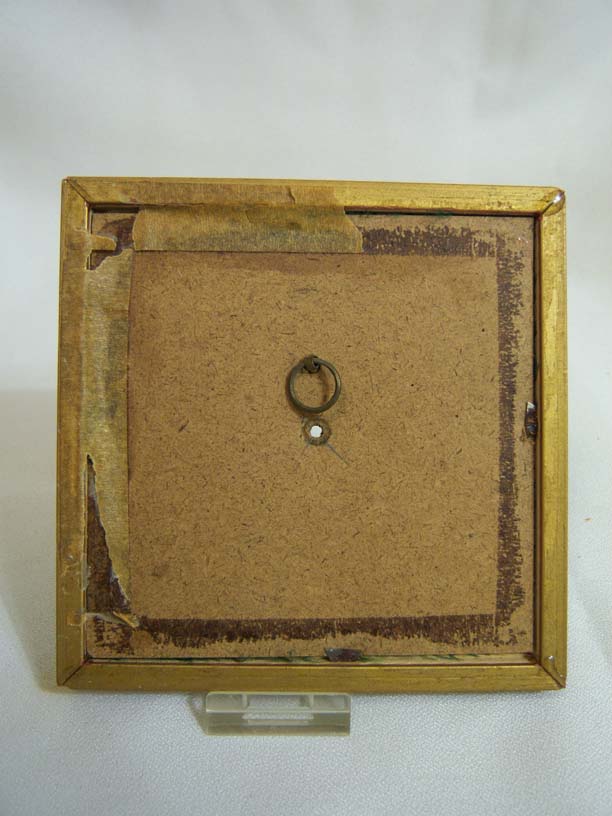
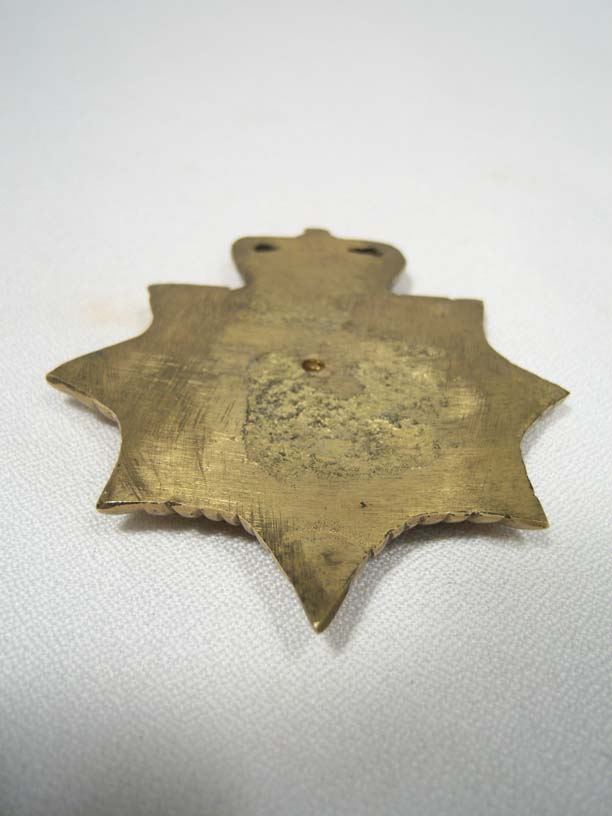 0
0 -
Hello Everyone,
I just got this interesting item in that I thought was a Staffordshire Police helmet plate that had been plated for the 150th anniversary of the force. It was suggested by the seller that it was a presentation piece and and at no time was it offered as a special issue to be worn just for the 150th. I won the bid for this at £2.23 so I have little invested. When it arrived I found that it was cast bronze and quite heavy. A single screw bolt held it to the backing of the display mount.
My first thought was that perhaps this was a martingale badge (for a horse) but I believe the mounted patrol has been gone for longer than this badge style has been used. It has been sand cast as may be seen in the photos. You can also see where they have cleaned up the back side as grinder marks are still evident. The frame actually fell apart in my hands so I repaired it with a little epoxy on the back. The front of the plate looks to have been worn through repeated polishing and that made me think of a martingale badge. I believe that use has been ruled out. The martingale badge I have from Staffordshire County Police has two threaded tubes soldered on the back to affix it to the leather holder with screw bolts. This one has no sign that any such devices existed. The single threaded hole is still bright and shinny inside so it would look as if it were drilled and tapped for the purpose of display. The Staff County badge is stamped from brass sheet stock not cast as is this one. The velvet under the plate has been crushed to the point that I believe it has been in this mount from the beginning.
I suppose it is possible this was made as a presentation piece or as an item for sale to raise funds for the 150th Anniversary celebrations.
What are yor opinions of this piece?
Regards
Brian
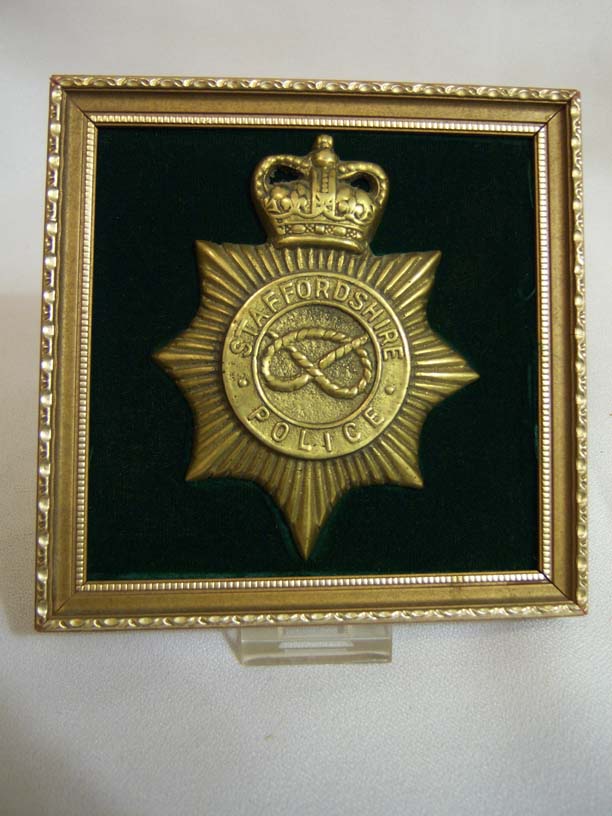
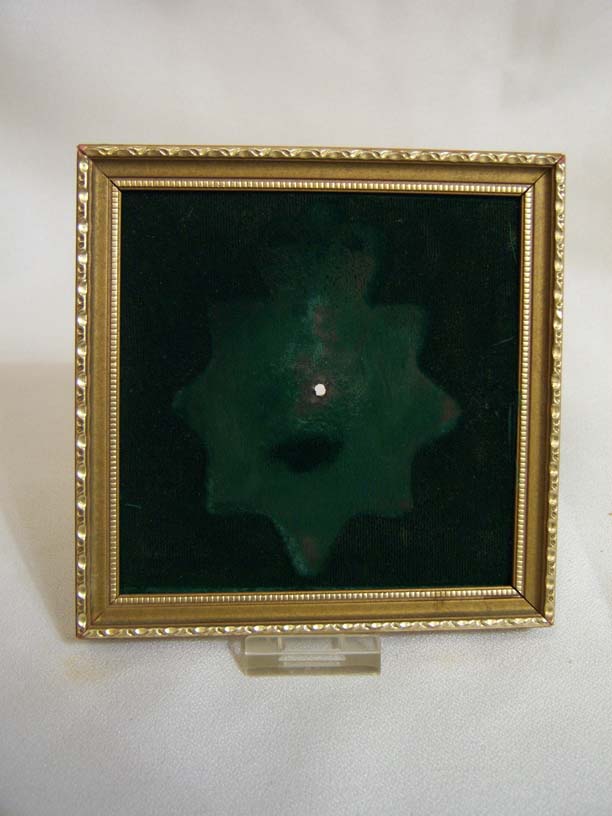 0
0




Pakistan group of 8, just arrived
in South Asia
Posted
Hello Owain,
Thanks for that additional information.
Ed no longer visits us here at GMIC so a response from him is unfortunately unlikely.
Regards
Brian